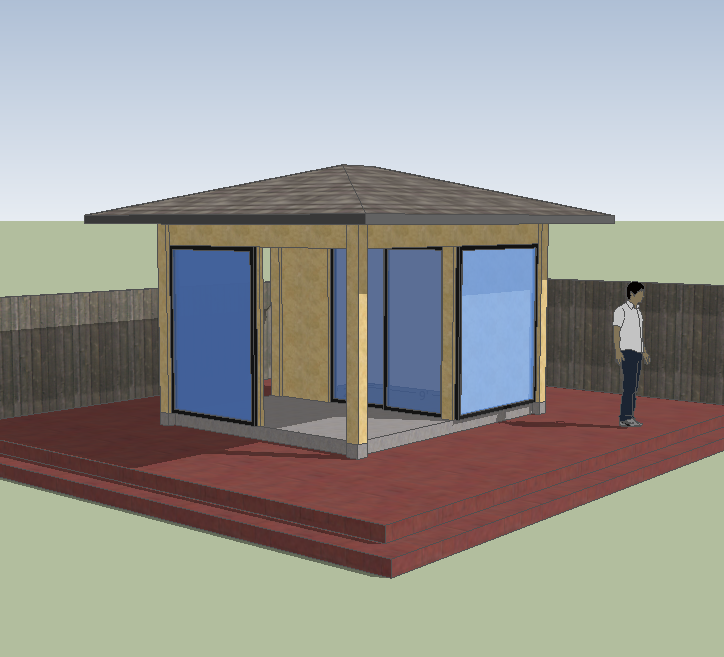The automotive world has come a long way from the monotonous designs of the early 20th century. In the past few decades, car manufacturers have relentlessly pushed boundaries, creating designs that are not only aesthetically appealing but also functional and innovative. The world of unique car designs is a perfect blend of art, engineering, and technological advancements. For those looking to own a piece of this innovative art, Car Auctions offer many options for every kind of car enthusiast.
 photo credit: unsplash.com
photo credit: unsplash.com
Historical Evolution
The historical development of unique automotive designs must be briefly explored in order to comprehend them. Early automotive designs were more concerned with functionality than with aesthetics. In the 1930s, the concept of streamlining was introduced, and cars started to resemble more aerodynamic objects.
The 1948 introduction of the Citroen 2CV was a monument to French innovation and a break from the norm for cars at the time. The 2CV was created with a corrugated steel body, delivering strength and simplicity, and is easily recognizable by its hammock-style seats and flip-up windows. It supposedly addressed odd design requirements including having a roll-back canvas roof and being able to carry a basket of eggs across a plowed field without breaking any of them. Although it started out as a car for the public, its distinctive features and style have now made it a cult icon among auto enthusiasts.
By the time the 1950s arrived, vivid colors, tailfins, and chrome had become standard. As the twenty-first century came into being, automobile designs began to mirror views of the future, with electric and autonomous vehicles changing the entire foundation of the industry.
Design Philosophy
Unique car designs are not just about aesthetics. They often carry a deeper meaning, a philosophy. Brands like Tesla, with their minimalist design, advocate for simplicity and efficiency. In contrast, Bugatti’s intricate designs embody luxury and power. Some, like the BMW i series, are designed keeping environmental sustainability in mind, with recycled materials and energy-efficient engineering.
One may see how each brand’s ethos reflects larger cultural, social, or technological developments by delving deeper into automobile design philosophy. Think about Volvo’s dedication to safety. This attitude is profoundly founded in their Scandinavian background and emphasizes care, concern, and community; it goes beyond simply adding additional airbags or cutting-edge sensors. As evidenced by their “Kodo: Soul of Motion” design language, which attempts to capture the dynamic beauty of life, Japanese automakers like Mazda frequently draw influence from traditional art and nature. Porsche, on the other hand, places a strong emphasis on continuity and evolution; each new model is an improvement over its predecessors, conveying a tale of innovation and tradition. In essence, a car’s design is more than just its aesthetic appeal; it also serves as a narrative, a declaration of purpose, and a representation of the values that the brand upholds. This concept influences the way the car feels, interacts with its driver, and interacts with the rest of the world.
 photo credit: unsplash.com
photo credit: unsplash.com
Technological Innovations
With advancements in technology, car designs have incorporated elements that were once considered science fiction. Adaptive headlights, holographic displays, and retractable door handles are just the tip of the iceberg. The use of lightweight materials like carbon fiber and advanced aerodynamic designs further redefine the boundaries of what cars can look and feel like.
The use of technology and automobile design also improves user experience and safety beyond simple aesthetics. Previously considered a luxury, infotainment systems are now sophisticated interfaces that give drivers access to a world of news, entertainment, and real-time vehicle feedback. Adaptive cruise control, automatic emergency braking, and other advanced driver assistance systems (ADAS) have changed the design focus from just driving to supporting and improving the driving experience. Designers are being forced to rethink interiors, making them more lounge-like and emphasizing comfort and connectivity as a result of electrification and the march toward autonomous driving. Our automobiles serve as more than just modes of transportation as technology advances because of the symbiotic relationship between them and automotive design.
Customization: Personal Expression
For those who find production models too generic, customization offers an avenue to express individuality. From unique paint jobs to tailor-made interiors, there’s a myriad of possibilities. One can add elements like customized rims, spoilers, or even go as far as changing the car’s overall silhouette.
But before diving into the world of auto modification, give it some careful thought. First and foremost, it’s crucial to pick advancements that not only improve the vehicle’s appearance but also maintain or enhance its usefulness and safety. Working with trustworthy experts can guarantee that the changes adhere to rules and laws for the business. Furthermore, even if it can be tempting to adopt the latest fashions, it’s best to choose timeless improvements that will remain popular in the long run. Always take into account how modifications may affect the car’s resale value; some modifications may raise its market worth, while others may limit the pool of potential buyers. Finally, always remember that some changes may violate the car’s warranty. In the context of customization, it’s important to achieve a balance between individuality and usefulness.
The Future: Beyond Conventional Boundaries
The future of car design is set to break even more boundaries. With the advent of autonomous vehicles, design priorities will shift from driver-centric to passenger-centric. This could result in more spacious interiors, panoramic roofs, and flexible seating arrangements. Concepts like the Mercedes-Benz Vision AVTR, inspired by the movie Avatar, give us a glimpse into a world where cars are not just modes of transportation but interactive companions.
If we go further into the future of automobile design, we can see that materials and manufacturing methods are about to undergo significant changes. Environmental worries are causing a growth in eco-friendly and sustainable materials, which could result in cars with interiors made of lab-grown leather, bamboo fibers, or even plastic made from algae. Vehicles will probably become extensions of our digital life as the world grows more connected. The distinction between the actual and virtual worlds will be muddled by integration with augmented reality, virtual personal assistants, and cutting-edge haptic feedback devices.
In the ever-evolving landscape of car design, uniqueness is the ultimate pursuit. It’s not just about standing out, but about pushing the envelope, blending aesthetics with functionality, and continuously reinventing the wheel – quite literally. Whether you’re a car buyer looking for something that resonates with your personality or a car expert appreciating the finer nuances of design, the world of unique car designs promises a thrilling ride into the future.




